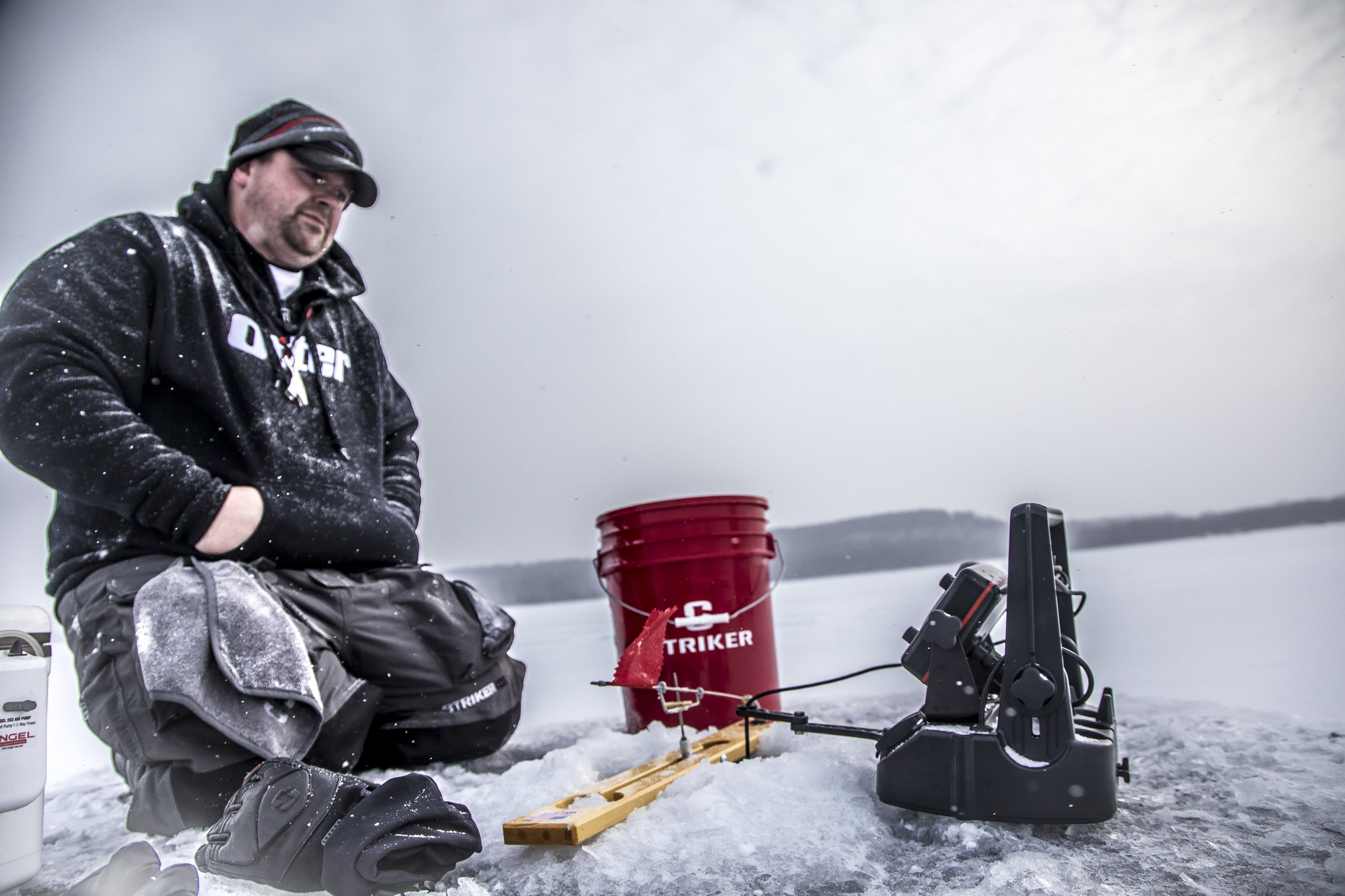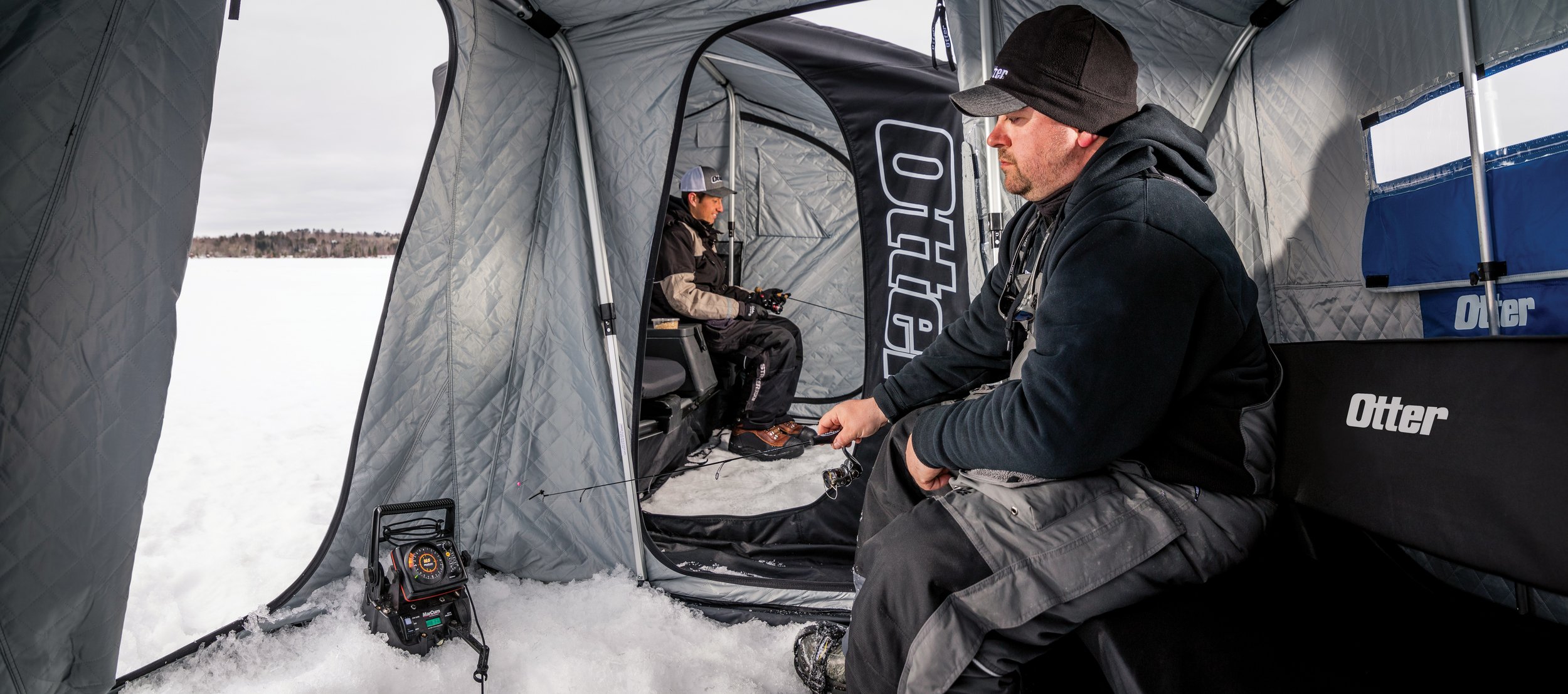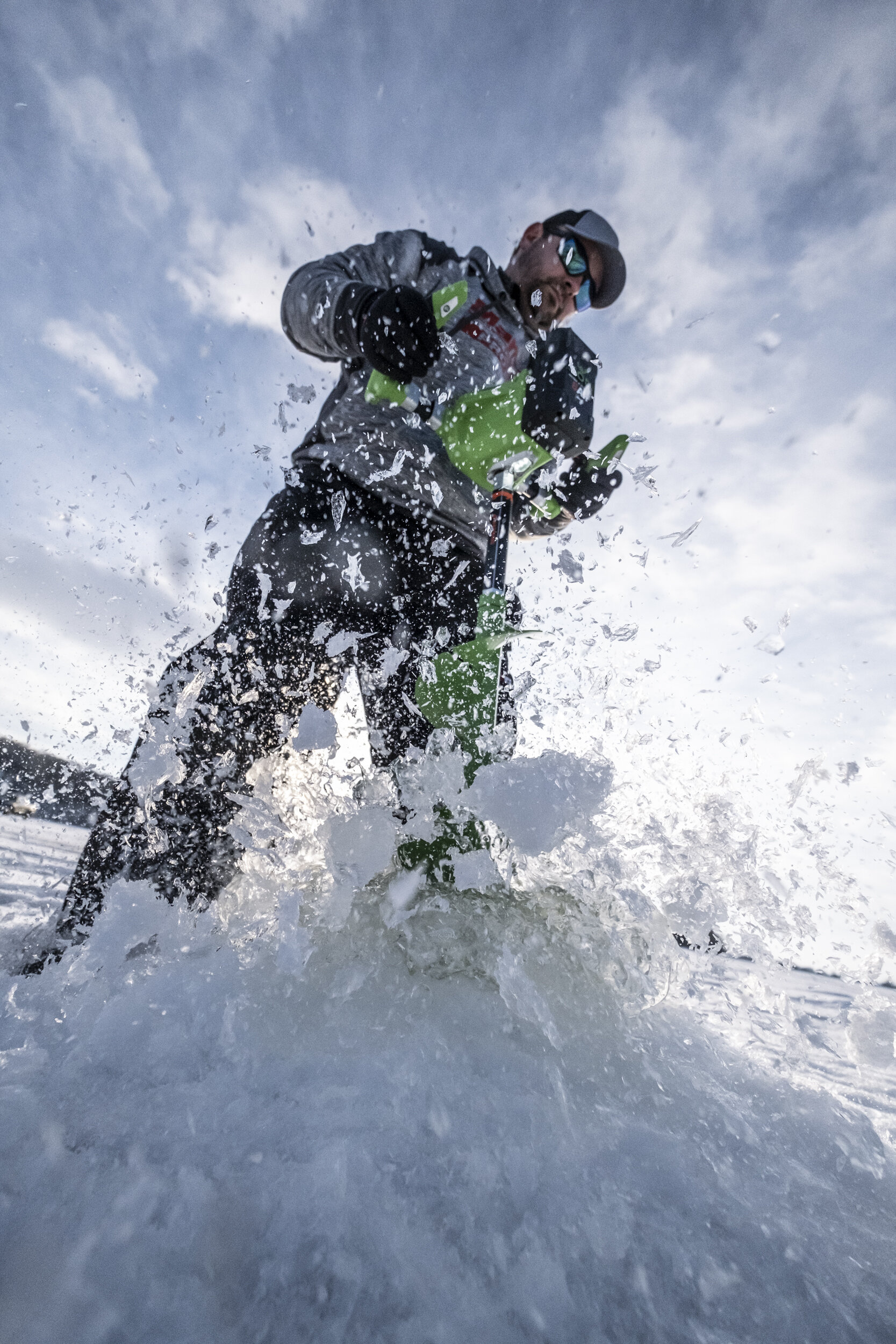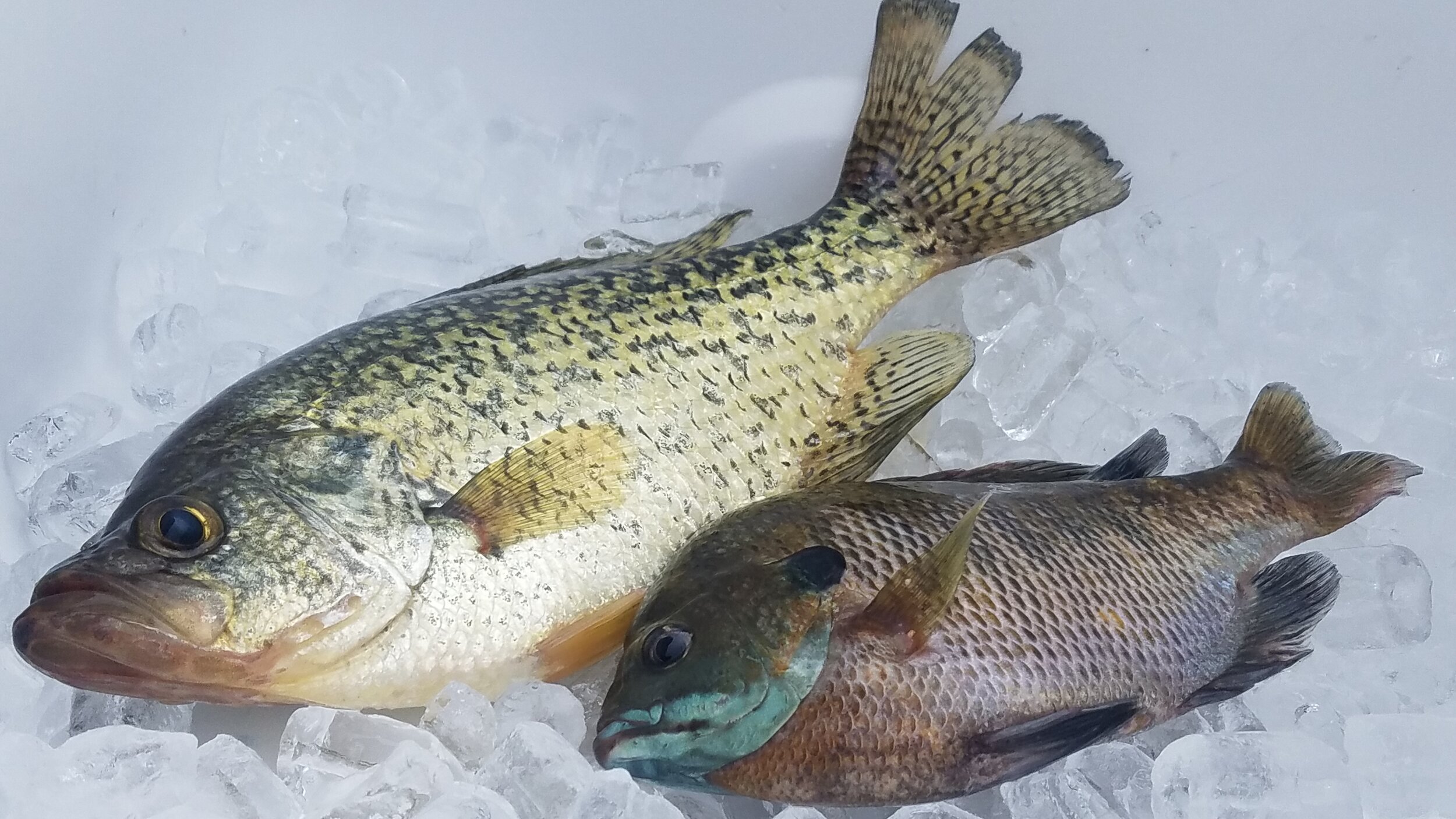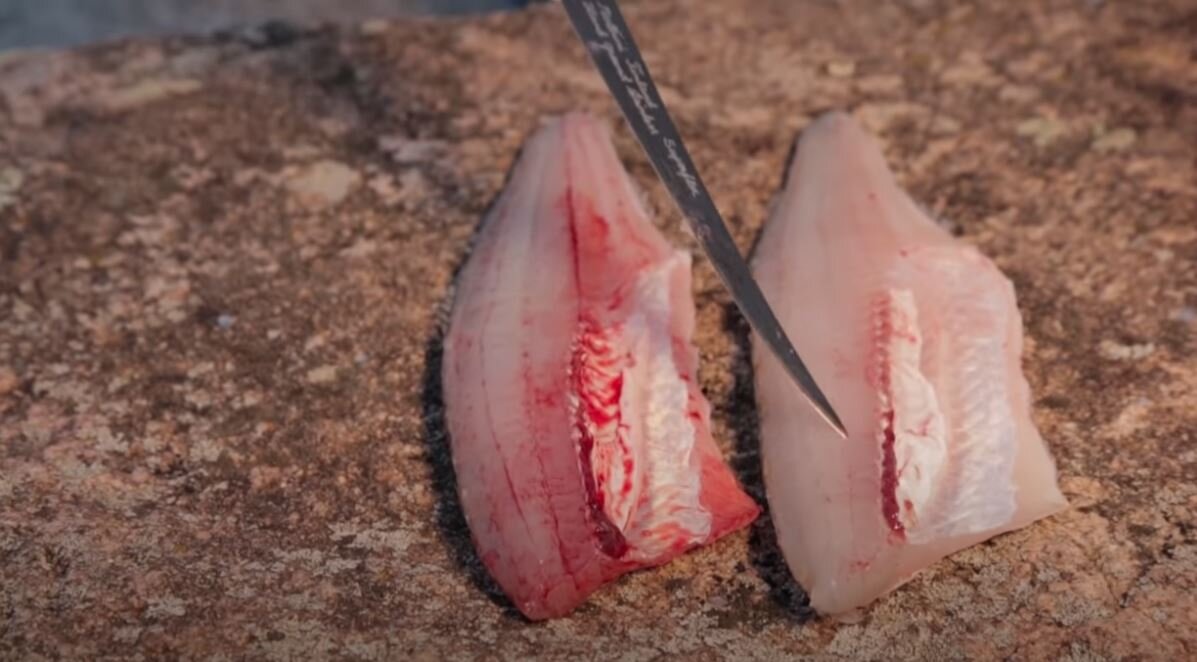Covid19 has fundamentally changed our fishing and hunting seasons, for 2020 and likely years to come. From increased participation, to the trials and rigors that go with heavy use of the resource, the early spring “shutdown” has lasting effects that are being felt as ripples throughout our outdoors experience. It should be no surprise then that it’s changing how you’ll likely need to prepare for your ice fishing season.
Ice season comes after deer camp has been packed up and meat is in the freezer right? Perhaps not this year. Anglers are already seeing ice-gear at outdoor sporting goods stores, and that’s a function of the summer sell-thru happening from coast to coast. CEOs and inventory specialists from a broad range of fishing manufacturers had a several month “gap” in their production, meaning that loss of supply is now being felt up and down the chain. It’s hard to find rods and reels, certain brands of lures, line, and a number of fishing related accessories.
The net result has been an early stocking of ice equipment that’s being sold through earlier and more often than ever before. In talking with friends in the industry, some store sets went up at the end of August where summer product was scarce. All of which has led to increased buying for ice on account of availability. That’s triggered re-orders of supply from manufacturers, an unheard of concept when we’re talking September and October. Typically, this may happen only in December or January, and even then on only the most in-demand products.
When it comes to ice gear, the concern is that so much is forecasted and manufactured to that spec for the coming season, and once it runs out, there’s no more coming for another year. In a season with so many new anglers to the sport, along with an early stocking, it’s a perfect storm for lack of availability. This can be a problem in normal ice seasons, but my prediction is that we’ll see a run on your favorite items this year like never before.
Consumer ice shows may not happen this season, with more than 50% of them currently cancelled throughout the Midwest at the time of this article. That doesn’t mean retailers won’t be selling, but more on that later. So many anglers wait until show season so they can put their hands on whatever item they may be interested in, compare it to like products on the market, and do some price shopping at shows which typically discount. Yet, without slashed prices at such shows, and an incredible demand for new product, it’ll likely be tough to find a good sale on many pieces of equipment. Bottom line, if you need it, purchase early and don’t get too greedy on the price. If you can live without it, chances are this might be the season to sit it out and live with what you already own.
A digital marketing study showed that 47% of Americans will be doing the vast majority of their holiday shopping online, jumping by double the amount of folks that will likely never visit a brick and mortar location unless they have to. That same sentiment can be seen in online fishing sales throughout the summer anecdotally, and will likely be the same case for ice gear. Once in-person ice shows will turn into online shows, with information, seminars, slight sales, and maybe some breaks on shipping. If you’re not comfortable with this method of shopping, there will still be plenty of retail locations open with gear too, you’ll just need to get there earlier than you’re used to and do some shopping around town if looking for very specific items.
All of which, isn’t a problem at all provided you’re prepared. If there was ever a year to dig out the ice gear a little early, this would be it. Go through the big ticket items first and foremost. Check your shelter to see what items or accessories need replacing, and if mice chewed holes through the fabric. Go through your auger, and if gas, make sure it has a tuneup long before ice. If electric, just like the rest of your ice electronics, charge batteries and do some initial testing. Electric is great, but without power you’re dead on the ice, so check to make sure you’re good to go before fishing.
Speaking of electric, there’s some great new Lithium and LiFePo4 power options out there, and we’re lucky to be living in the age of lightweight, high performance gear. Consider the switch from sealed lead-acid (SLA) batteries this season, as I know it’s made use and even maintenance a snap as I’ve slowly been converting over everything. A 12V10AH LiFePo4 battery should be on every ice anglers list, and can easily replace your standard battery. You know, the one you haven’t messed with in years? That’s likely the one that’ll fail you this year, and it’s nice to shave the weight of the battery by half or more.
From here, go through rods and reels, then tackle. Inventory and evaluate honestly, paying particular attention to staples. I’d rather experiment with new colors on a proven bait, than too many new baits I’m unfamiliar with. Confidence is earned, not purchased, and it’ll take time for brand new lures to keep getting secured to your hook keeper, rather than cut off and placed back in the box.
When it comes to ice apparel, it’s a bad idea to own a floating suit if you don’t already. The ones these days are custom made for ice, and ergonomically designed for angling first and foremost. No longer are they experimental lifejackets tucked into loose windbreakers, with all kinds of great designs for anglers.
No matter your needs for ice, from just a few new jigs, to getting fully equipped for all the new iceheads out there. It pays to start doing your shopping and price checking immediately, as your options this season will likely be more limited, more quickly, than ever before.



